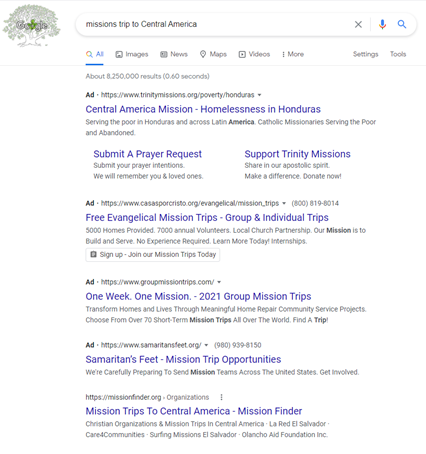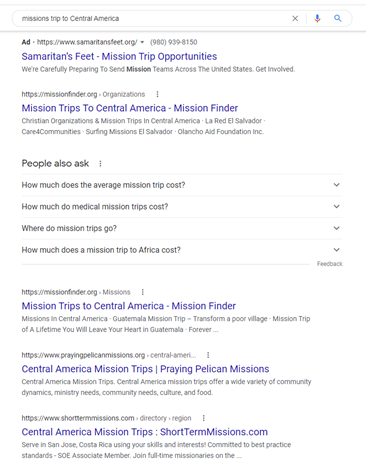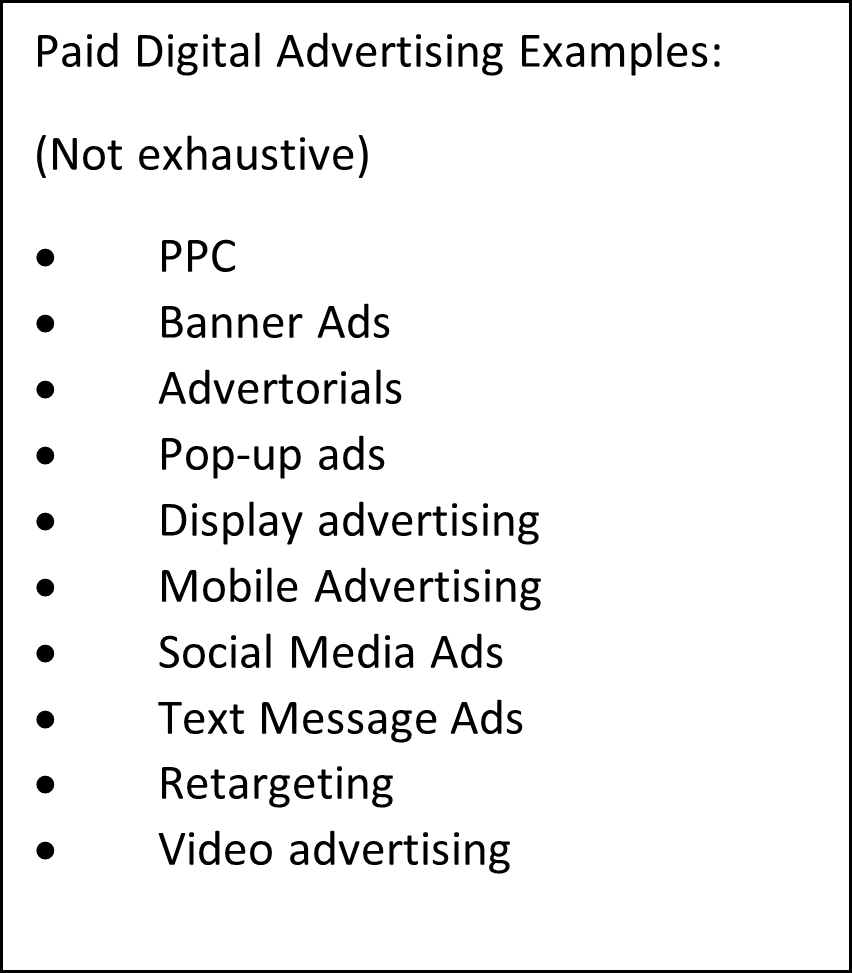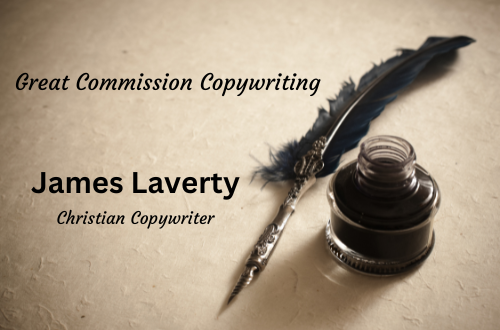How Do I Get More Traffic to My Website?
Organic vs Paid Traffic
Traffic being the visitors to your website… Is the traffic to your website like a ride through the mountains on a beautiful country road with occasional cars, or is it like the busy mega-city highways with lots of traffic coming from many different directions?
Anyone who owns a website wants to have plenty of traffic – probably the opposite of when we go out to run errands or on a leisurely drive.
But the question that begs to be answered is, “How do I get more traffic to my site?”.
There are two main methods – organic and paid. Let’s define both to start, then we’ll get into the pros and cons of both.
Organic traffic comes from non-paid search engine results. On Google the search result ads start with “Ad: – http://website.com” then the organic results start after that or after any snippets that may appear.
SEO / Search Engine Optimization and content optimization influence those results.

Paid traffic comes from the ads you see in a search result or a link in another type of ad. They may be at the top, bottom, or even on the right side of a search engine results page (SERP). The ads can be regular text ads that look like search results, or they may be with pictures and prices especially if searching for a product.
Businesses pay for different positions or are assigned a position based on how much they bid or paid for their ad.
This method is called SEM / Search Engine Marketing.

Which is the best method to use?
Deciding on which is the best method to invest your resources in is a challenge. There’s no easy answer as there are many variables that have to do with your product or service, where your ideal audience is found and their behavior, your budget, and the marketing goals of your organization.
From all the research I’ve done on the subject, most digital marketers agree that the best method is a combination of organic and paid marketing. Finding that balance is important, and sometimes it’s just a matter of talking it out with a professional and deciding what works best for your business or organization.
One thing I have learned over the years is that the content on your website and proper SEO is a must whether that is all you do or whether you will use paid advertisement. Why?
Because if you have the best ads and leads getting people to your website, but when someone arrives and it’s confusing or doesn’t make it easy for that person to get involved or purchase your product, then they will click away in a heartbeat.
Maybe never to return.
When you hire a good content writer and an SEO specialist, you are investing in your business for the long term. That is one method of getting organic traffic. Then when you decide to drive more traffic via paid ads, your site will perform its magic.
The bottom line is this: If you are looking for quick results, then paid advertising is the way to go. If you are looking for more cost-effective results, then following an optimization method should be your choice.
Many internet searchers have become experts in avoiding ads in search results. 80% of searchers ignore paid ads in SERPs. About 70% of all clicks are on organic search results.
Below you will see a couple of statistics that may seem to contradict these numbers, but they don’t. One thing to understand is that not every keyword on a SERP has ads on it.
Now that we have the conclusion done, let’s break it down.
Paid Advertising Pros and Cons
The bottom line with paid advertising is, with the right ad, you can get quick results, yet as soon as you stop, that traffic slows down to a trickle or just stops. I would compare it with turning the garden hose on. You will get a steady stream of water until you turn the water off, then the flow stops.
According to Power Traffick, the top 3 paid advertising spots get 46% of the clicks on a SERP for any particular keyword. This supports the pay-per-click (PPC) method which involves buying ad space at the top of the SERP.
In one study 63% of people said they would click on a Google Ad. They also say that 75% of searchers say it’s easier to find what they are looking for from paid ads. Using both SEO & PPC will help searchers find what they are looking for.
My thoughts on this depend on who is doing the survey, and how many people they actually surveyed, which would cause the results to come out different. Good, bad, or indifferent, that’s my educated opinion.

Next let’s look at people’s behavior and relationship to ads…
Adblock [https://adblockplus.org/] stops targeted ads as well as pop-ups, flashing banner ads, and so much more. For the consumer, Adblock is amazing! And it’s free too. It’s no different than recording on your DVR and skipping past commercials while watching later.
More than 615 million devices use Adblock. Ad blocking, in general, has grown 15 to 30% in recent years and will continue to grow.
That may sound frustrating if you are thinking of investing in PPC or another type of paid digital advertising since you don’t know if your targeted audience will ever see your ads. On the other side, many companies are still running successful digital ad campaigns.
So don’t disregard the idea of paid advertising.
Organic Traffic Pros and Cons
This is my personal favorite. It has to do with SEO and the content on your website as well as in email, social media feeds, and even offline communication. I’ve been personally using this method since 2000 on our ministry website and in another business since about 2009.
It worked differently back then, but it worked. That’s a topic of a separate article.
One of the cons that can be frustrating is the time it takes to see results. You may see some results after about 30 days, but most results will be seen between 3 and 6 months after your website is optimized.
Then it will keep on working, although it does take some maintenance.
Here are a few facts about organic searches:
- Organic search results are responsible for 53% of website traffic.
- 49% of marketers believe organic search is the most profitable method they use.
- 73% of content marketing teams use SEO & Keyword tools.
- B2B and technology companies generate twice the revenue from organic traffic than from any other source.
- 67% of content marketers say SEO is the most efficient strategy.
- Almost 80% of searchers ignore paid ads.
- 99% of people click on a link or links on the first page of a SERP.
- Organic search drives more traffic to sites with good content, beating social media by more than 300%.
- 56% of organic searches are done from mobile devices. (your site needs to be mobile responsive!)
- For local businesses – 83% of US Shoppers search the internet before going to a store.
“HubSpot’s co-founder, Brian Halligan, ardently believes in an organic-first strategy for its longevity and strong conversion performance.” They also said that “organic SEO is about 5.66 times better than paid search ads.”
Paid ads interrupt the searcher, often with something they are not looking for, while organic optimization draws in people with content they may be looking for and that they enjoy.
So How Does Organic Marketing Work?
Basically, it starts with a review of your website – a Site Audit or SEO Audit, which looks at the current state of your website.
Then when you work with Great Commission Copywriting, we will get on a Discovery Call with you to discuss your organization’s goals and objectives, and from there we make some decisions on how to proceed.
First, you want to optimize your website. Once that is up and running, you will want to promote your revised site and any new content. We work with you to discover cost-effective, even free ways to do this.
Some of the ways we do this are via email, blog posts, social media posts, etc. This is where you may choose to do some paid marketing or not. The main point is to get the word out.
An important factor in this process is that your emails, blog posts, social media posts, auto-responders, etc. all need to be optimized with proper keywords and SEO as well to match your site. That’s where the real magic happens.
Over time, Google and other search engines will index your optimized website, which is where you will start seeing new traffic from internet searches.
Beware of companies that try to sell you a quick one-time fix of your SEO. SEO & content marketing are a continuous and valuable part of every website.
It’s easy to throw around some terms and processes in an article like this. Some of the steps are easy and quick, while others take some time to complete.
The biggest takeaway, in my opinion, is to optimize your website no matter what other type of advertising and marketing you decide to invest in.
The best time to do this is when you built your website.
The second-best time to do this is right now.
Hopefully, we answered the question or at least sparked your interest in learning more about how to get more traffic to your website.
Do you need more traffic? Are you interested in optimizing your website? Do you need new or refreshed content? Set up a Discovery Call today. It’s free and there’s no obligation.
James Laverty
James Laverty is a website optimizer and copywriter specializing in on-site SEO, optimizing current content with his Now With More process, article writing, content creation, and more. In his free time, he explores new places especially if it includes a drive through the mountains. Currently, he resides in Colorado Springs.
